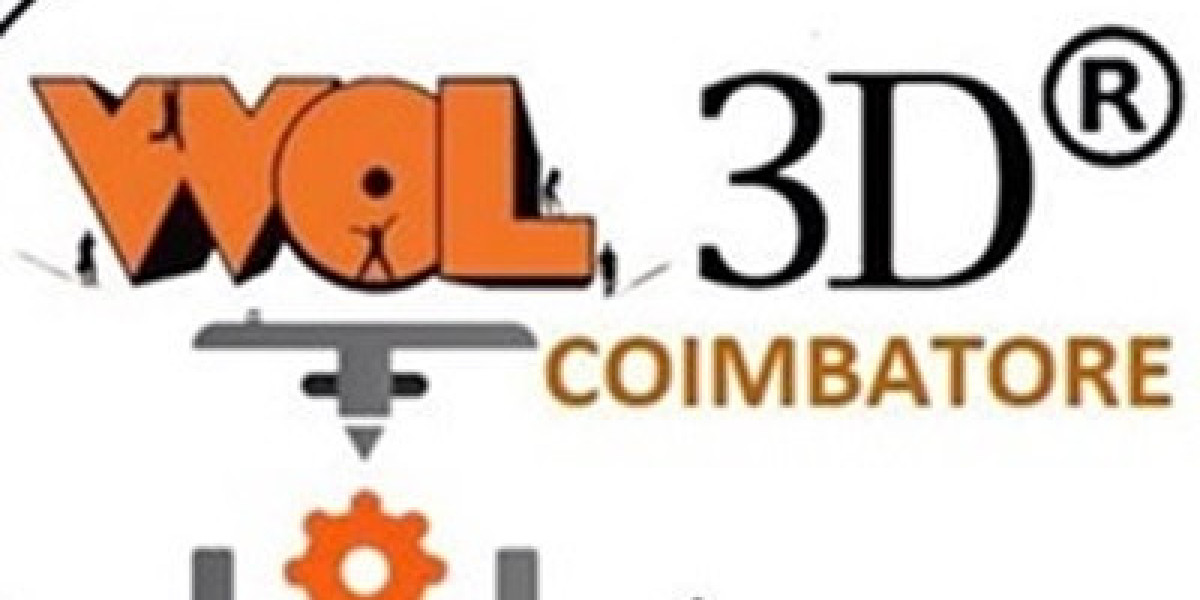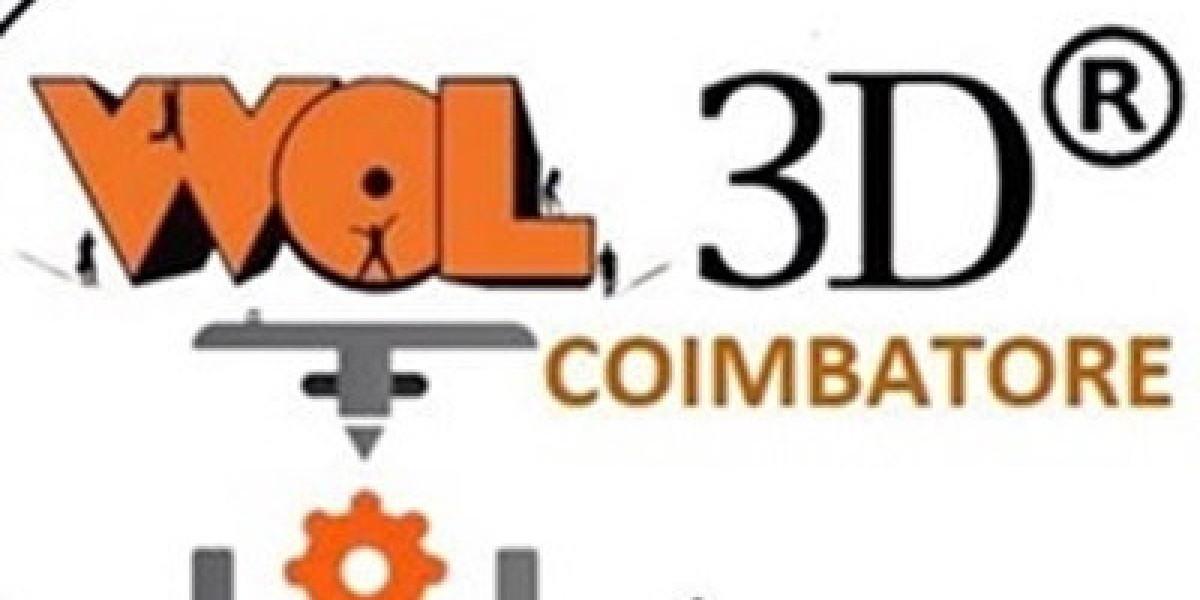1. Joint Design
In ultrasonic plastic welding, the joint design is one of the most important factors in ensuring a strong, reliable bond. For microfluidic devices, the joint must be carefully designed to ensure maximum contact between the surfaces while minimising the risk of leakage.
Energy Directors
Energy directors are essential for directing ultrasonic energy to the welding interface. For microfluidic devices, the energy director must be carefully designed to direct the energy where it is needed without damaging the fragile parts.
Shallow Energy Directors: Because microfluidic devices often have very thin walls and intricate features, shallow energy directors are recommended. They allow the ultrasonic energy to focus on the joint without excessive pressure or material displacement.
Energy Director Placement: The energy director should be placed at the interface of the two parts being welded. In many microfluidic devices, this interface is where the microchannels or fluidic paths meet the walls of the device. The energy director should not block these channels or alter their geometry.
Butt Joints and Step Joints
Butt joints are commonly used for microfluidic devices because they are simple and effective. Step joints, which allow the parts to fit together in a stepped manner, can also provide added strength and stability. These joints should be designed with sufficient surface area to ensure strong bonding while maintaining the structural integrity of the microfluidic channels.
Leak-Proof Seals
One of the most critical aspects of ultrasonic welding in microfluidic devices is ensuring that the weld forms a leak-proof seal. This is particularly important for lab-on-a-chip devices, point-of-care diagnostics, and any application where fluid containment is essential.
Intermittent Sealing: In some cases, creating an intermittent seal — where the parts are joined at specific points — can be more effective than continuous welding. This design can help maintain flexibility while ensuring a robust seal.
Testing for Leaks: Post-weld testing for leaks is crucial. After welding, each microfluidic device should undergo tests such as pressure or vacuum testing to ensure that no fluid can escape from the welded areas.
2. Tooling Design
The ultrasonic tooling, including the horn (sonotrode) and fixture, must be precisely designed for microfluidic applications. The tooling should fit the small scale of the parts and ensure proper alignment.
Horn Design
The ultrasonic horn must be designed to match the geometry of the microfluidic parts. The horn should focus ultrasonic energy in a controlled manner to avoid damaging the thin-walled parts or causing unintended deformation.
Contoured Horns: Horns that are contoured to match the profile of the microfluidic parts can help distribute energy evenly across the weld joint.
Low Amplitude Settings: To prevent part distortion, low amplitude settings should be used, especially for materials with lower melt temperatures like PMMA or COC.
Fixture Design
The fixture holds the microfluidic device in place during plastic welding. For small, delicate parts, the fixture must be designed to avoid shifting or movement during the welding process. It should support the parts without damaging or distorting the microchannels.
Soft Supports: Soft materials like silicone can be used in the fixture to prevent damage to the fragile plastic parts while providing secure support.
Precise Alignment: The fixture must ensure precise alignment of the parts, especially if the microchannels or fluid paths need to align exactly.
Applications in Microfluidic Devices
1. Lab-on-a-Chip Devices
Lab-on-a-chip (LOC) devices integrate one or more laboratory functions on a single chip. These devices require precise fluidic control, and the welds between parts must be both reliable and leak-proof. Ultrasonic welding is ideal for creating microfluidic LOC devices, allowing for fast, clean assembly without compromising the integrity of the microchannels.
2. Point-of-Care Diagnostics
Point-of-care diagnostics devices require microfluidic systems that can handle small sample volumes accurately. Ultrasonic welding ensures that the components of these devices are joined without contamination or compromise of the fluidic channels. The ability to create sterile, strong, and precise welds is crucial for ensuring the accuracy and reliability of diagnostic tests.
3. Other Microfluidic Applications
Ultrasonic welding is also used in other microfluidic applications, such as environmental testing, drug testing, and DNA analysis. In these applications, the microfluidic devices need to be designed with precision and high quality to ensure optimal performance. Ultrasonic welding offers a fast, efficient, and clean way to join these devices while maintaining their functionality.
Conclusion
Designing for ultrasonic welding of plastic microfluidic devices requires careful attention to material selection, joint design, tooling, and the welding process itself. By understanding the unique requirements of microfluidic devices — such as small, fragile features and the need for leak-proof seals — manufacturers can leverage ultrasonic welding to create high-quality, reliable devices for applications like diagnostics, environmental testing, and lab-on-a-chip systems.
With the right design and careful execution, ultrasonic welding offers a clean, efficient, and precise method for joining plastic microfluidic devices without compromising their performance or integrity.








